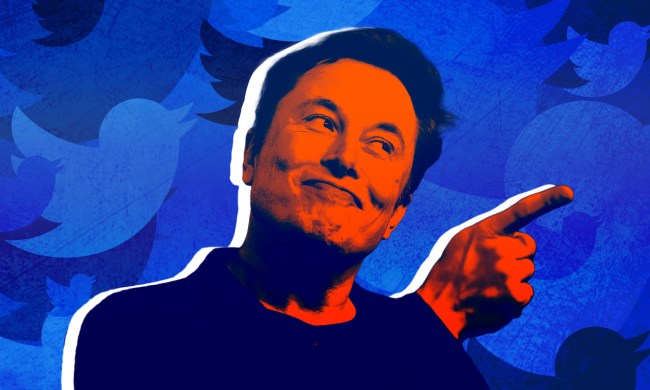Someone had to be first.
Sure, plenty of people out there have been watching the ongoing storm of excitement, overpromising, and disaster with a look of disgust. But few companies have come out and said what lots of ordinary people are thinking. And that’s that generative AI can kind of suck. Specifically — generative AI in the creative world.
Fitting, I think, that it would be Procreate who had the resolve to speak out first.
The CEO of Procreate, James Cuda, took to social media to address the question head on. Is the popular drawing app working on generative AI features? Cuda, who says he doesn’t like getting in front of the camera, rather bluntly states his disdain for the technology.
We’re never going there. Creativity is made, not generated.
You can read more at https://t.co/9Fgh460KVu ✨ #procreate #noaiart pic.twitter.com/AnLVPgWzl3— Procreate (@Procreate) August 18, 2024
“I don’t like what’s happening in the industry,” he says. “I don’t think what it’s doing to artists. We’re not gonna be introducing any generative AI into our products. Our products are always designed and developed with the idea that a human will be creating something.”
Cuda admits that they don’t know exactly where this is all heading but remains convinced that they’re “on the right path.”
It’s quite refreshing to hear someone come out and say those words, especially from a creativity-based tech company. After all, Microsoft, Adobe, and now even Apple are all-in on adding AI assistance and generation to nearly every creative task.
I don’t know that Procreate’s stance on AI will spark a larger movement to stand firm against the ongoing AI creep — heck, it may even turn out to be a mistake for the company. It certainly takes some courage though, and likely, at least a modicum of knowledge that Procreate’s users agree with him. Based on the replies on the post, I’d say they’re onto something.



